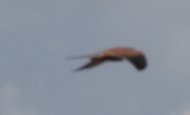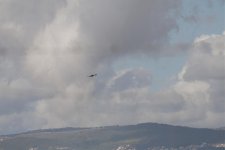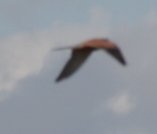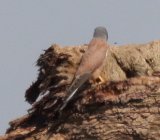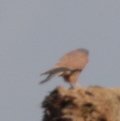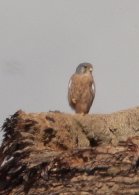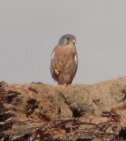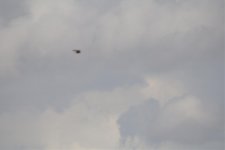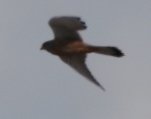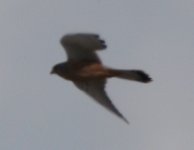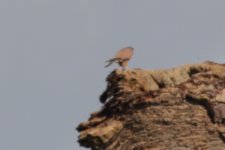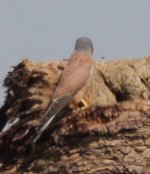rosbifs
PutAin STOP

So I saw two Kestrels sat together. When I stopped I only had a view through the corner of the windscreen. However, the male didn't have a moustache and the female was very orange brown in the colour.
immediately I thought Lesser Kestrel and tried to grab a photo as they flew in opposite directions. The male landed on a post...
c. 1hour later I refound a male on the same post. But this seems to have a faint moustache...
Are both or neither Lesser Kestrel?
immediately I thought Lesser Kestrel and tried to grab a photo as they flew in opposite directions. The male landed on a post...
c. 1hour later I refound a male on the same post. But this seems to have a faint moustache...
Are both or neither Lesser Kestrel?




